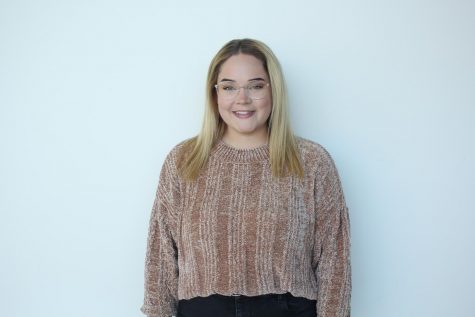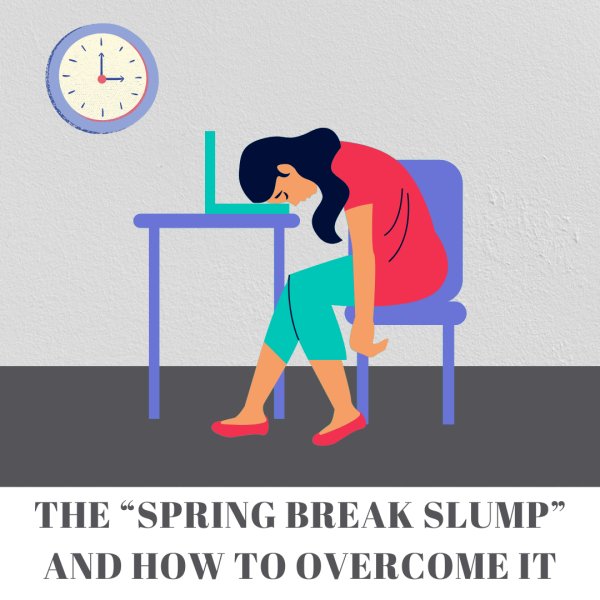- Reflector
- Reflector: Arts & Entertainment
- Reflector: Entertainment | Pop Culture
- Reflector: Life & Style
- Reflector: Opinion
“Fate: The Winx Saga” Netflix Review
February 24, 2021
Cartoons who are more geared towards girls almost always have a central theme of friendship. Whether is be a group of glamours spies teaming up for a mission or, in this case, powerful fairies teaming up to save the world. While cartoons made for boys emphasize daring adventure and independence it is so refreshing to see things change.
Winx Club started out as a long-running Italian cartoon about a group best-friend fairies is only one of a small handful of girl-focused shows to make the leap to live action with a darker and edgier approach. (Powerpuff Girls I’m waiting on you)
Fate: The Winx Saga follows fire fairy Bloom as she startes school at the Alfea school for fairies, a magical boarding school that trains high-school-age fairies all over the Otherworld. Different types of fairies have different powers, usually involving a natural element or tapping into psychic abilities. Bloom spent her whole life thinking she was a human, until a tragic accident revealed her fiery powers.
While at school, she meets four other girls: light fairy princess Stella, athletic water fairy Aisha, aloof mind fairy Musa, and plucky earth fairy Terra. Bloom just wants to learn more about her past and her magic, but the more she discovers about her mysterious origins, the more dark secrets she uncovers.
Unlike the brightly colored animated series, the new show takes a more grounded visual approach. The characters are more mature than their animated counterparts — Fate: The Winx Saga gives the family-friendly heroines harder edges. Glamorous Princess Stella deals with her controlling mother, Aisha’s confidence turns into nearly abrasive brashness, and Bloom’s plucky protagonist attitude pushes her to incredibly reckless decisions.
Two characters have been whitewashed: Musa and Flora, whose original animated designs were inspired by Lucy Liu and Jennifer Lopez. Flora isn’t even a character anymore — she’s now Terra, a sweet yet awkward earth fairy.
Terra does add some body diversity to the cast, but it would be more meaningful if she wasn’t the butt of every joke. A lot of her story revolves around her being an awkward loner and not getting the boy she likes. This is very cliche and has been done over and over again with non-skinny characters. Terra is a bada**! I would have like to see her get the guy and save the day all on her own.
In Fate: The Winx Saga, the friendship almost feels obligatory. There are occasional emotional scenes, like the girls joining Bloom to eat outside the cafeteria when she doesn’t want to face the gossiping students. But even in those scenes it feels like the protagonists barely tolerate each other. Because so little groundwork cementing their friendships was laid, the teasing doesn’t come off as playful banter but instead as catty and mean-spirited.
But while the characters and their relationships suffer, a compelling plot is there. The world building is exciting, offering a spin on the animated series’ world of fairies and non-magical, sword-wielding Specialists (a fancy way to say knights, basically). Magic school is a tried-and-true story setup, and using the fairies’ classes to explain how their world’s magic works is efficient and intriguing and doesn’t overwhelm the viewer.
Once the plot gets going, ancient creatures known as the Burned Ones have resurfaced, decades after they supposedly became extinct, it weaves a compelling theme about the older generation rectifying their mistakes. But by trying to move on, the older characters have sheltered others from the dangerous truth. The younger characters know little about their world’s dark past but the more they uncover the more they doubt the motives of their professors and mentors.
By the end of the season, the younger characters are left wondering whether the heroes they trusted did the right thing, whether the villainous figures had a point and what that means for their own path going forward.
But this would be more compelling if the characters were more likable, or if they shared even half the relationships of their animated counterparts.
As it stands, while the darker and edgier plot elevates the cartoon into a story for a young adult audience the darker and edgier characters leave us wanting.
The evil they face, not just some malevolent overlord, but societal trauma no one knows now to navigate, makes for a nuanced story that the characters could grow into, if the show continues.













